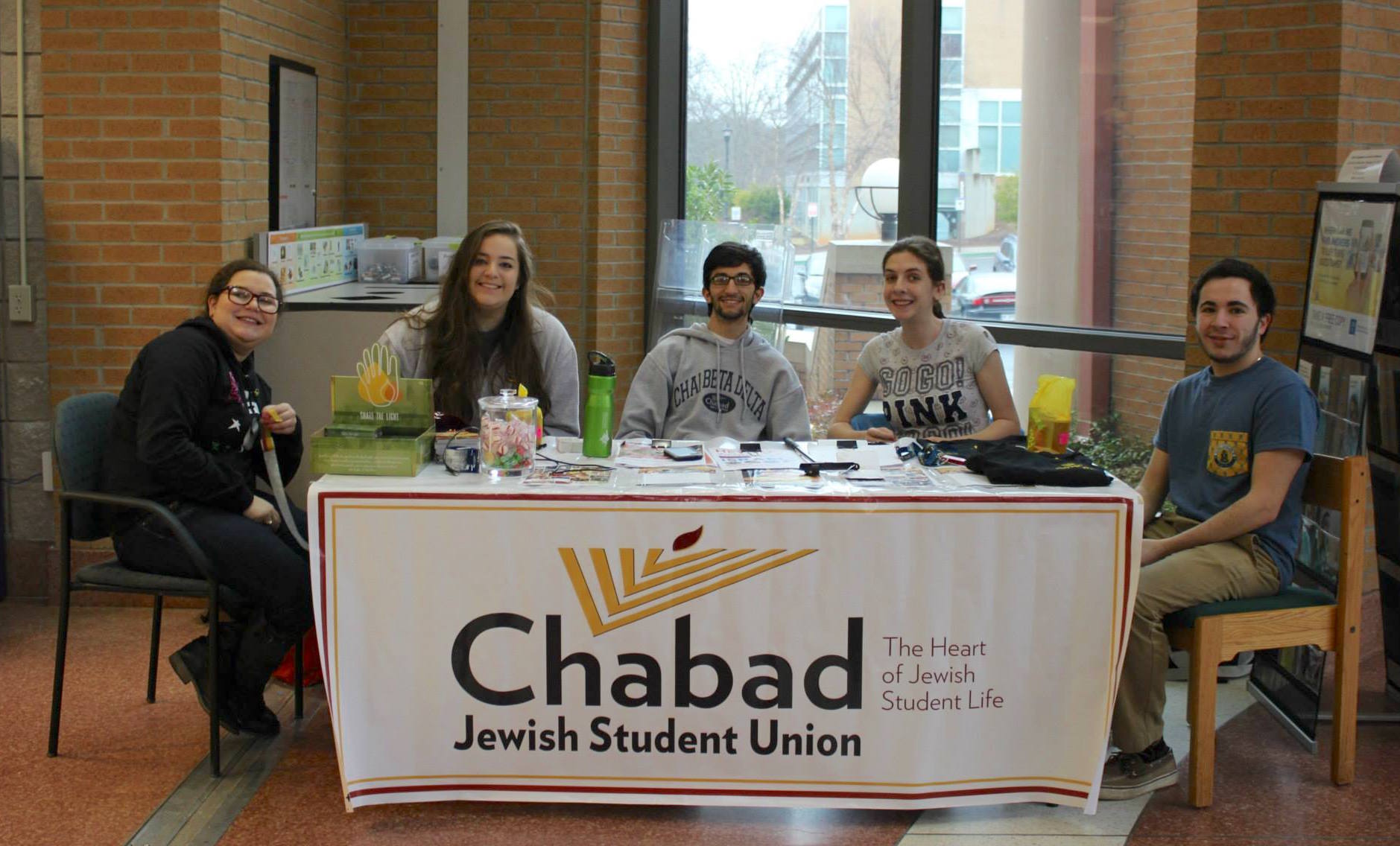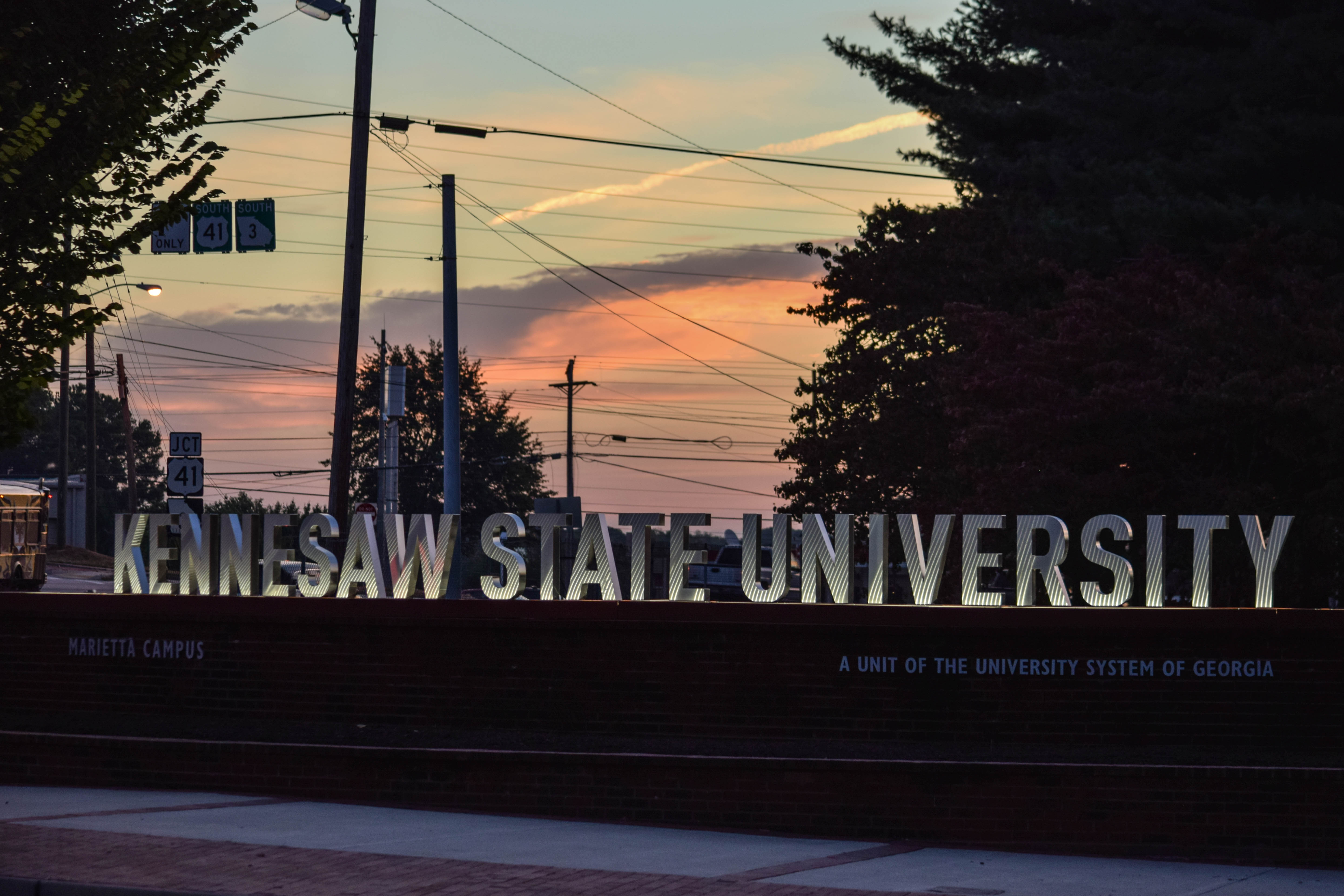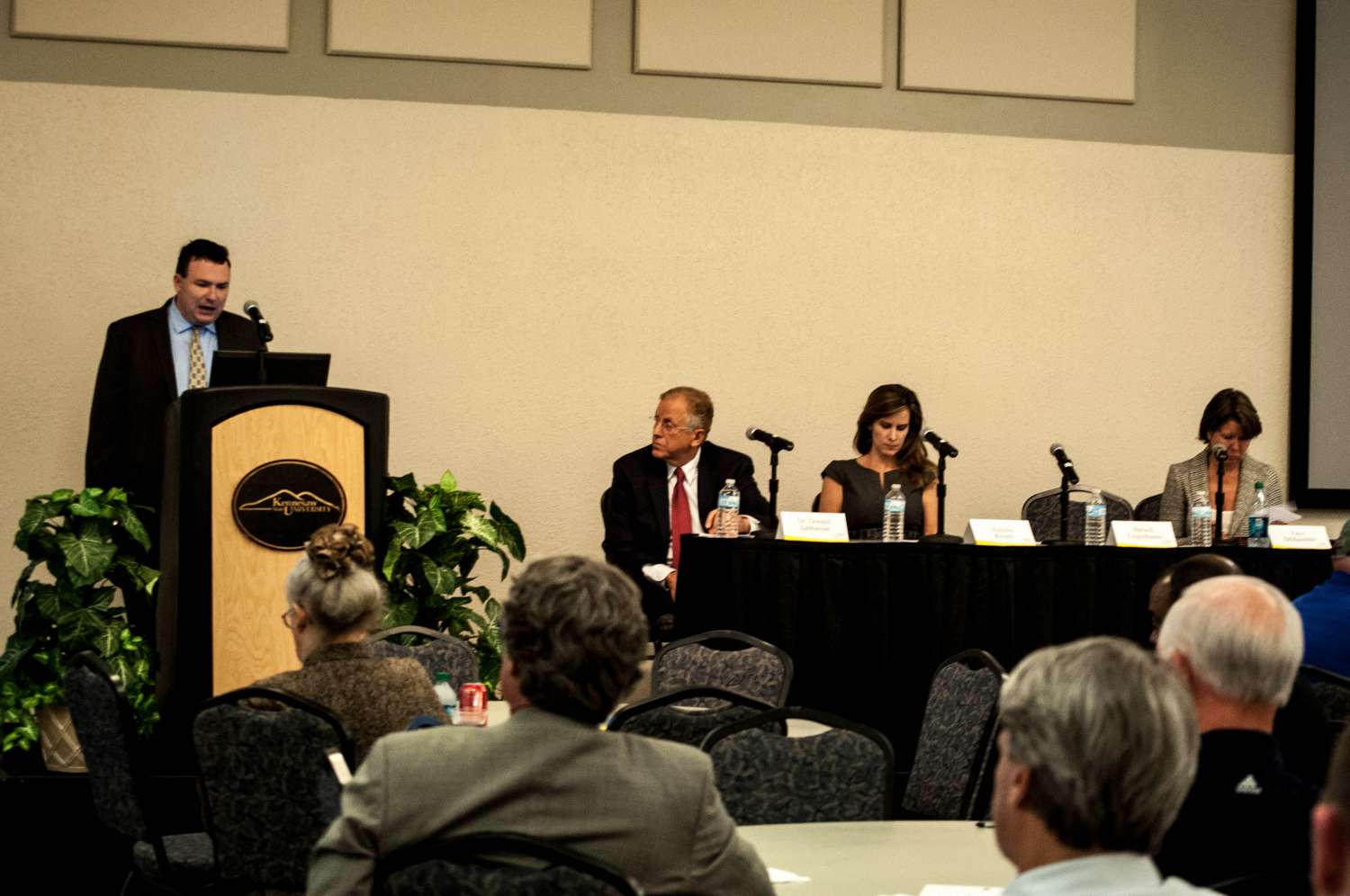Kennesaw State architecture students competed in the annual Cooper Carry Three Minute Thesis Competition on Jan. 11, which showcases the abilities of fifth-year architecture students.
The Cooper Carry Three Minute Thesis Competition was created by the University of Queensland in Brisbane, Australia, for graduate students. During the competition, the selected individuals present their work using a single PowerPoint slide in a three-minute presentation. Students are then judged by industry experts on communication style, comprehension and engagement.
KSU’s ten participants were selected from fellow students after presenting their work before a panel of jurors. For the first time in the history of the competition, two winners were selected for first place and subsequently split the $3,000 cash prize.
Josh Robinson and Darral Tate were chosen as the two first-place winners by a panel of jurors consisting of industry professionals, experts and alumni. Tate also received a $500 award for receiving the People’s Choice Award. A third award was given to Dyesha Holmes, who received the Architectural Research Center’s Consortium King Medal.
Competitors began preparation for the Three Minute Thesis Competition in their fourth year of study through a thesis prep course. All three winners highlighted the fall semester as a vital one in that they were challenged in finding a topic that they felt passionately about and that had real-life application and contribution.
Tate commented on the benefit of having a strong mentor in this stage, as all competitors work with a professor throughout the year-long process of completing their thesis.
Tate commended his mentor for “really encouraging and [believing] in the work that [he is] doing.” Tate’s mentor helped him find a way to relate a deep passion relating to the issue of mass incarceration to architecture with his thesis topic of “The Anti-Panopticon” and challenging Jeremy Bentham’s 18th-century design.
Another common thread between the winners was the constant and avid practicing of their three-minute speeches. Robinson said that he “would stand in the lecture hall and say [his] speech as many as 5 to 6 times a night, to get used to the space.” He did this to help make his speech “sound more like a conversation.”
Robinson presented his thesis “Healing the Healthcare Continuum,” which stemmed from the notion of giving architecture a sense of connection with people themselves. He came to this idea after being asked in the early stages of his work why he wanted to be an architect and he realized that “it’s not for accolades but people and well being.”
Several competitors commented on their inexperience and general aversion to public speaking before the competition and preparation process, but said that participating in the Three Minute Thesis Competition gave them a newfound sense of confidence and strengthened their communication skills, especially their skills pertaining to public speaking.
After going through this process, Holmes found that she has more confidence in the work that she does and that she learned “not to be scared of my own voice.”
Holmes presented her thesis, “Reframing Urban Redevelopment via Women Empowerment: Sustaining Existing Community in the West End” and focused more on her main ideas and topic than memorizing a particular script. In doing so, Holmes found that speaking about something she was exceptionally passionate about gave her a greater sense of confidence in the delivery of these ideas.
“As students and individuals, we are always doubting our skills and capabilities, and we are our own biggest critics,” Holmes said. “But in doing that, you forget just how amazing you are at the things you are passionate about and good at.”
The winners of the cash awards plan to use it to further their research and to see the real-life applications of their studies in architecture and design.




